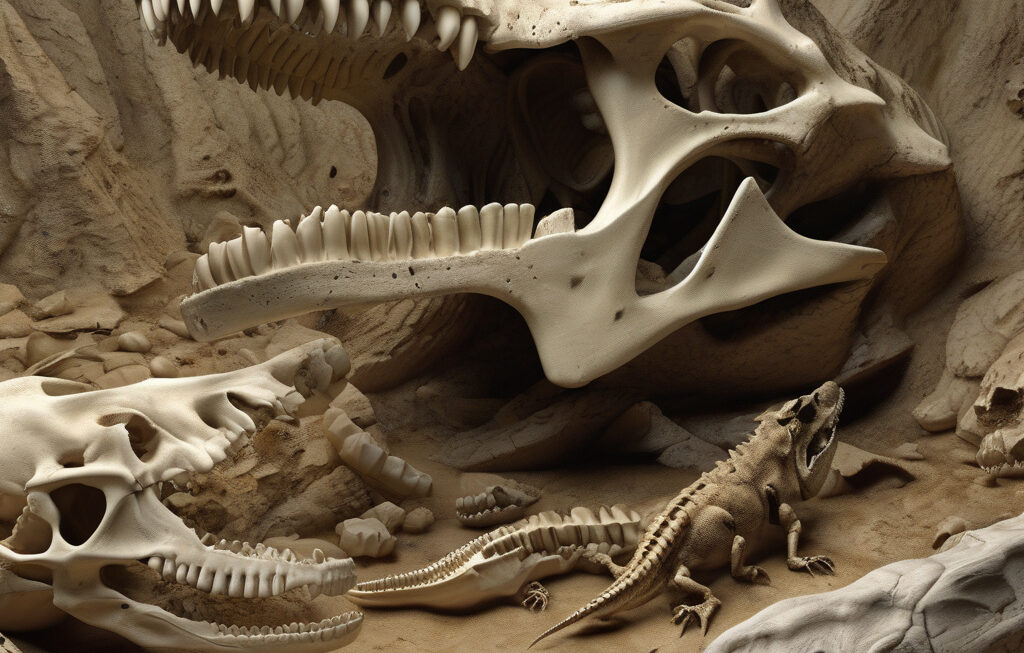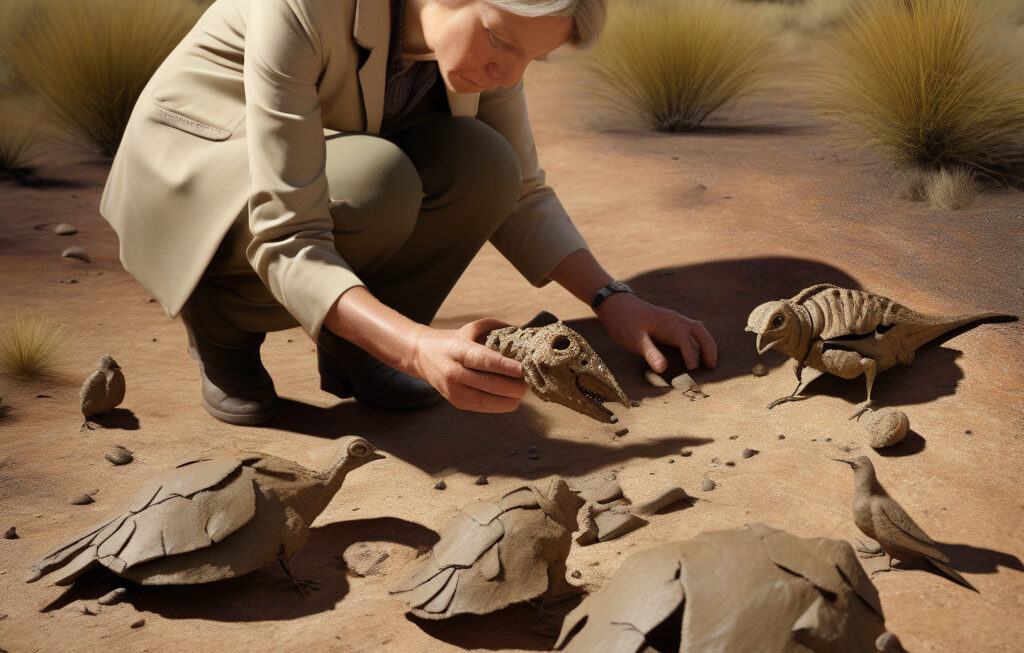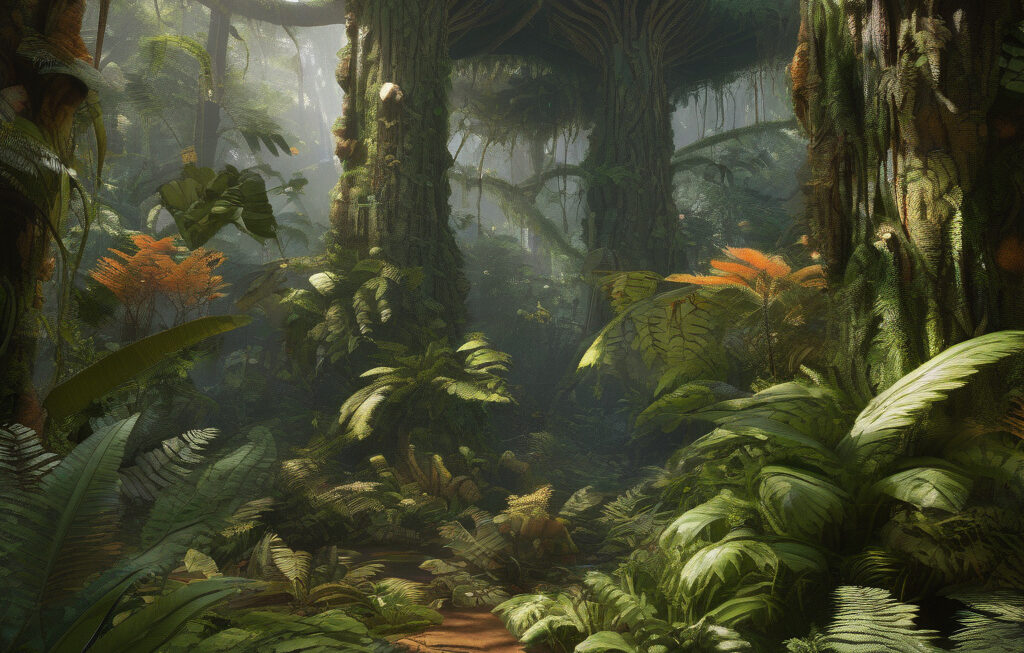Trapped in Time: 16-Million-Year-Old Amber Reveals Dirt Ants Once Ruled Caribbean
Paleontologists have unearthed an ancient dirt ant trapped in 16-million-year-old amber from the Dominican Republic. This remarkable discovery sheds light on a time when these tiny creatures roamed the Caribbean, showcasing the intricate history of the region’s biodiversity.
The amber, dating back millions of years, serves as a time capsule, preserving a moment from the past with astounding clarity. Within this translucent gem, researchers identified a solitary dirt ant, impeccably preserved in all its minuscule glory. This find not only highlights the delicate nature of amber as a preservative but also underscores the importance of such discoveries in unraveling the mysteries of our planet’s past.
The dirt ant, belonging to the genus Gerontoformica, provides valuable insights into the ancient ecosystems that once thrived in the Caribbean. These minute creatures, though often overlooked, played significant roles in the region’s ecological balance. By studying their ancient counterparts, scientists can piece together a more comprehensive understanding of how these ants interacted with their environment and other species during that period.
Furthermore, this discovery challenges existing perceptions of the Caribbean’s biodiversity millions of years ago. The presence of dirt ants in the region suggests a rich tapestry of life, where these insects were not merely inhabitants but likely key players in shaping the ecosystem. Such revelations underscore the interconnectedness of all living organisms and emphasize the need for further exploration and study.
The study of ancient insects preserved in amber is not only fascinating from a scientific standpoint but also holds practical implications. By examining how these creatures adapted to their surroundings and diversified over time, researchers can glean valuable lessons for modern conservation efforts. Understanding the evolutionary history of species like dirt ants can inform strategies to preserve biodiversity and protect fragile ecosystems today.
Moreover, the discovery of the 16-million-year-old dirt ant in Caribbean amber showcases the power of interdisciplinary research. Paleontologists, entomologists, geologists, and other experts collaborated to unlock the secrets held within this ancient specimen. This multidisciplinary approach not only enriches our knowledge of the past but also paves the way for future discoveries that transcend traditional boundaries of scientific study.
As we marvel at the intricacies preserved in a tiny piece of amber, we are reminded of the vast and wondrous history of our planet. Each discovery, like the dirt ant from the Caribbean, offers a glimpse into a world long gone yet intricately connected to our own. It is through these glimpses that we can appreciate the ever-evolving tapestry of life and our place within it.
In conclusion, the 16-million-year-old dirt ant trapped in Caribbean amber serves as a poignant reminder of the ancient inhabitants that once ruled these lands. This discovery not only enriches our understanding of the region’s past biodiversity but also underscores the importance of preserving and studying such remnants of history. As we continue to unravel the mysteries trapped in amber, we unveil a story that transcends time and illuminates the intricate web of life on Earth.
ancient discoveries, Caribbean biodiversity, paleontological insights, ecological balance, interdisciplinary research












